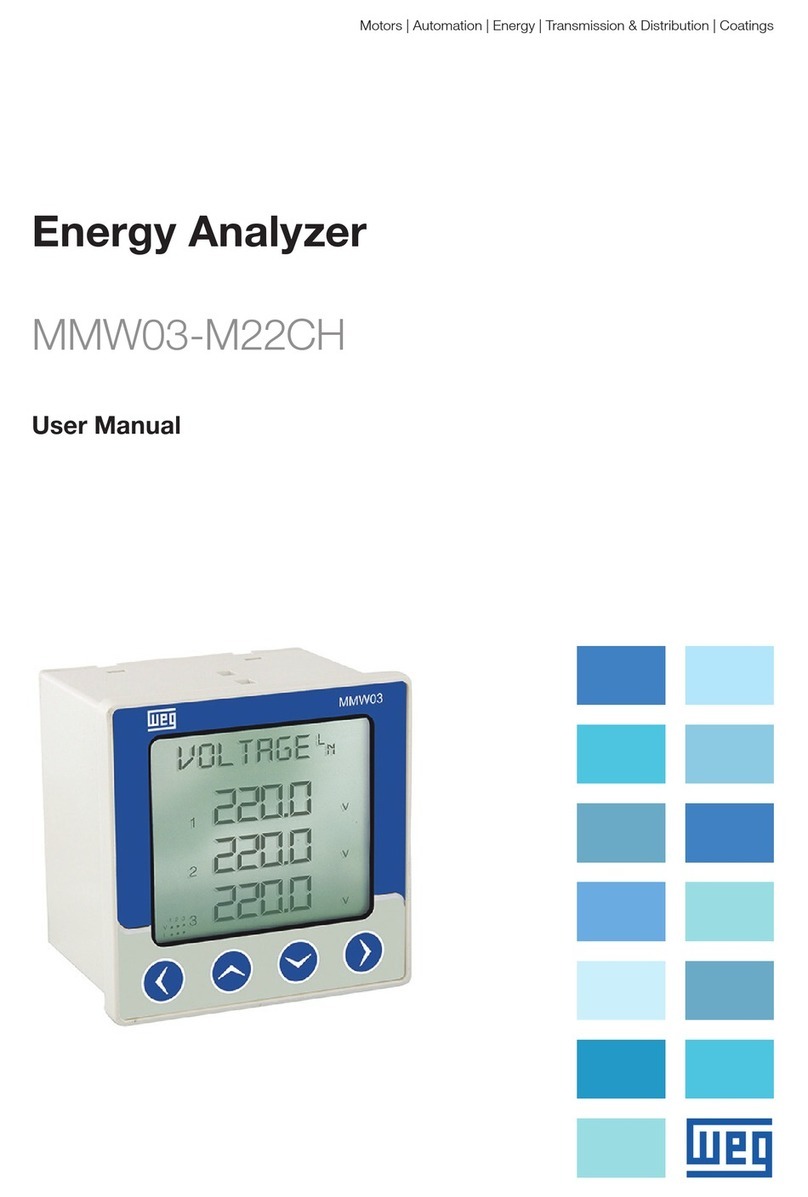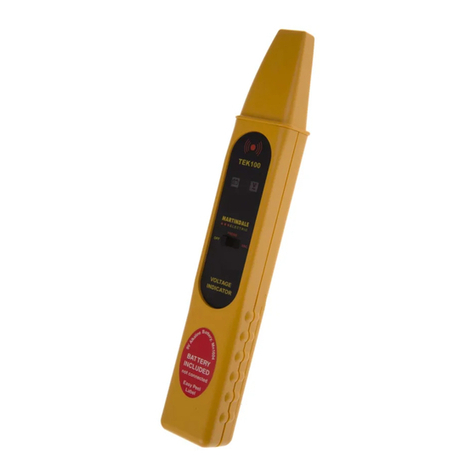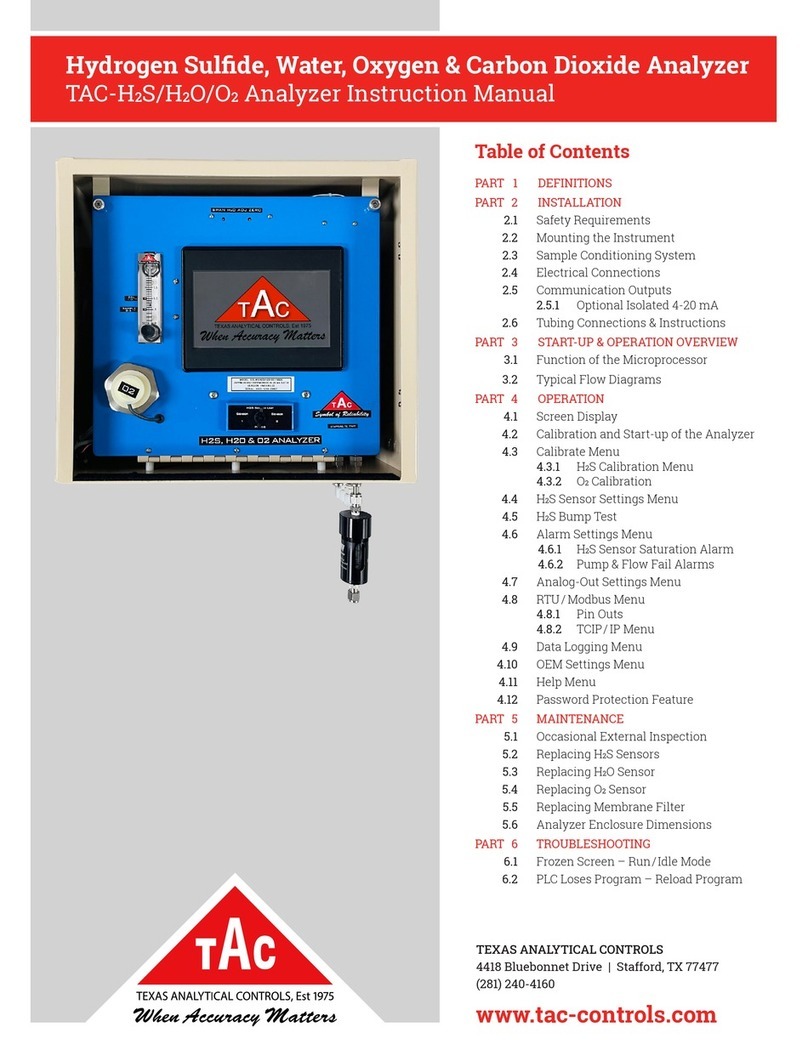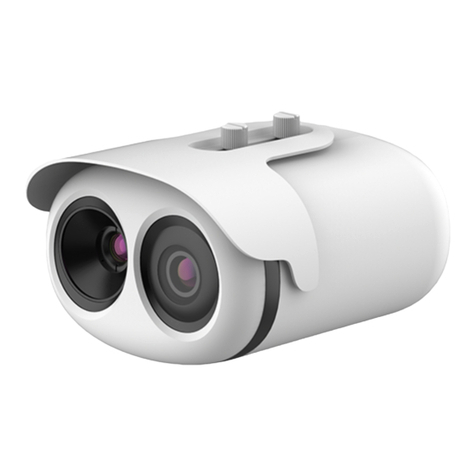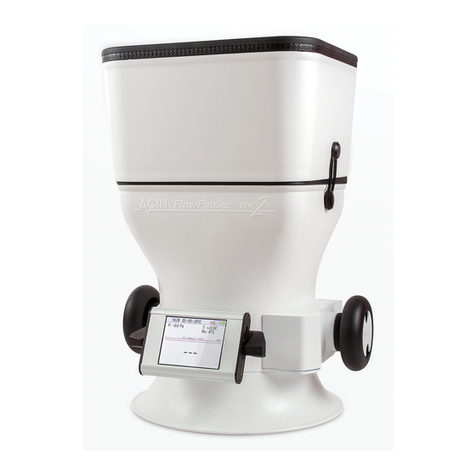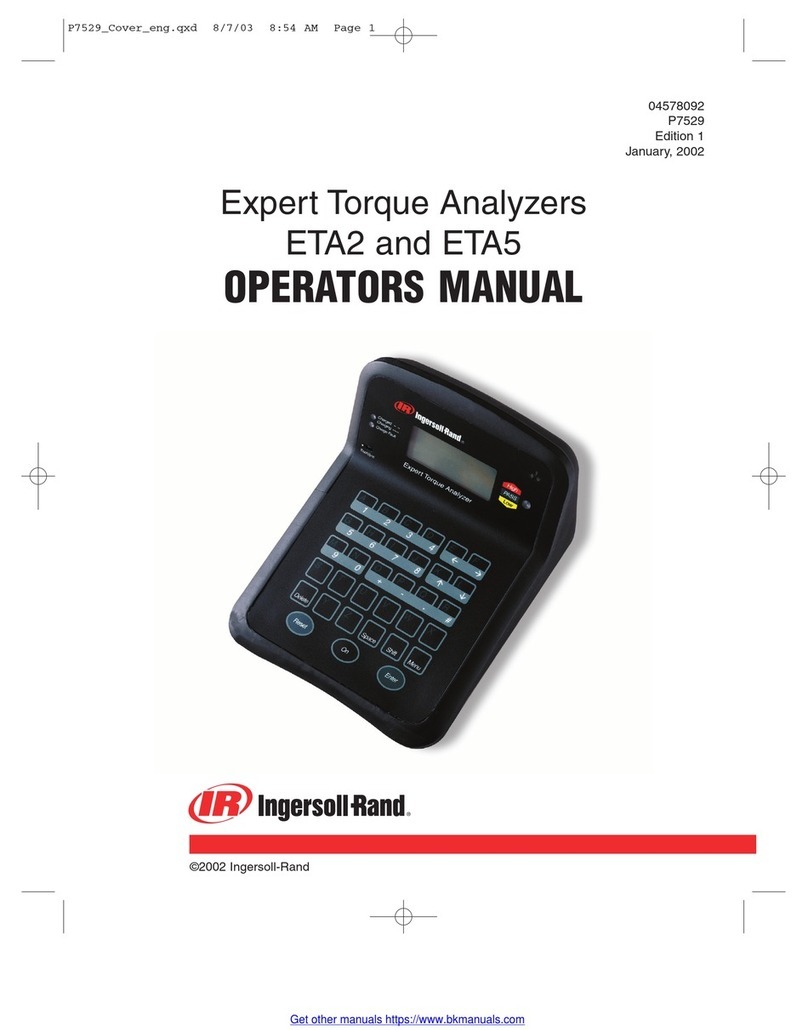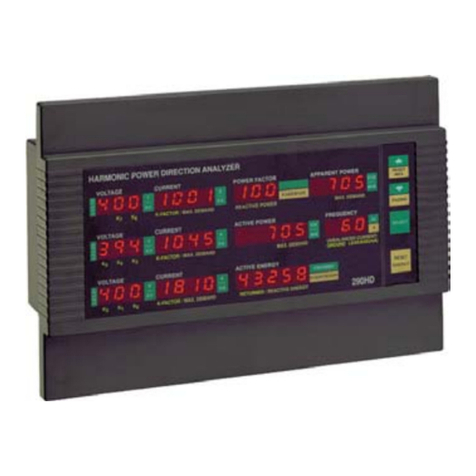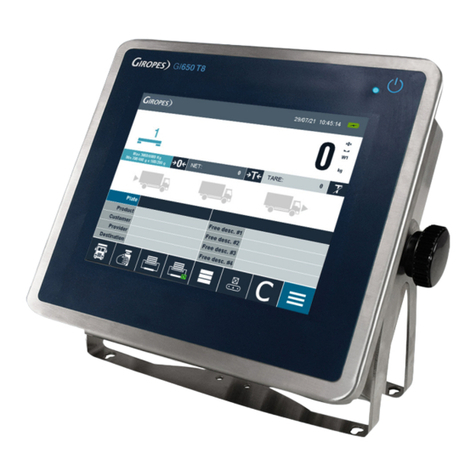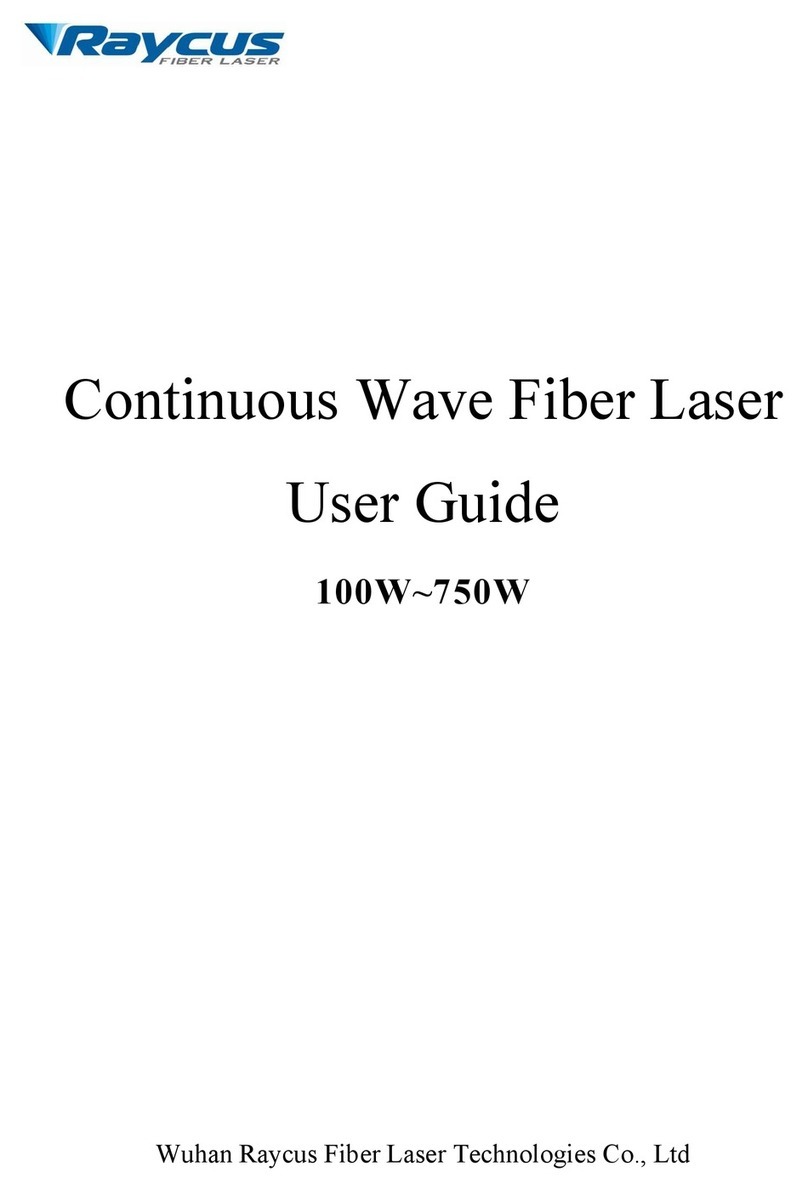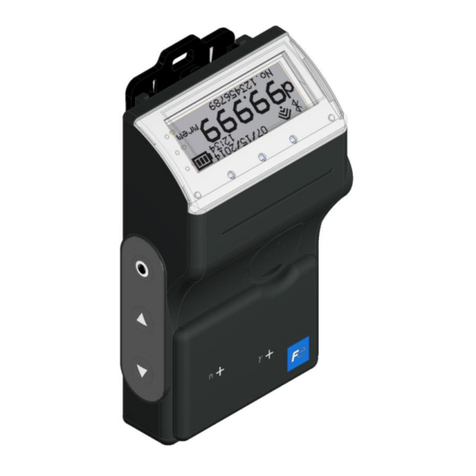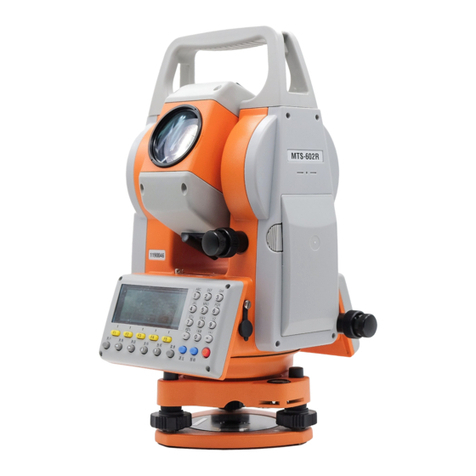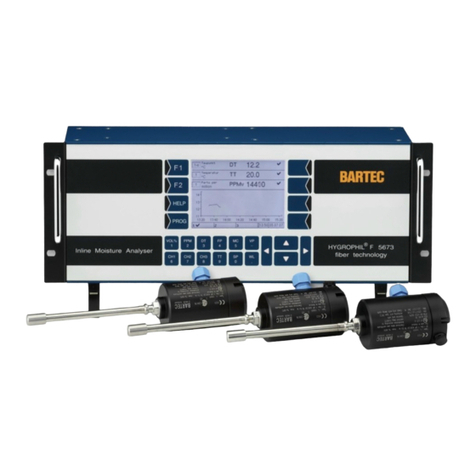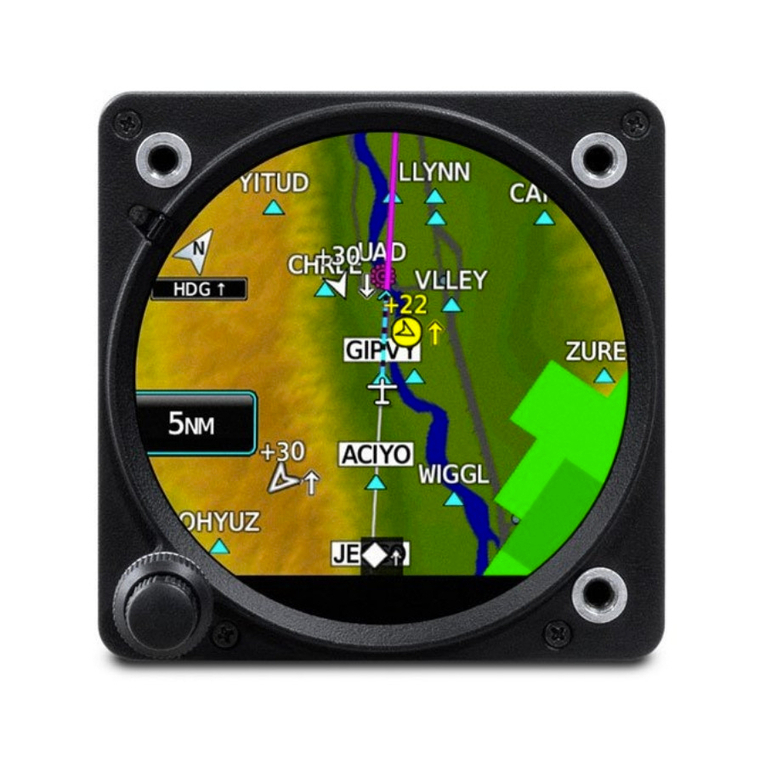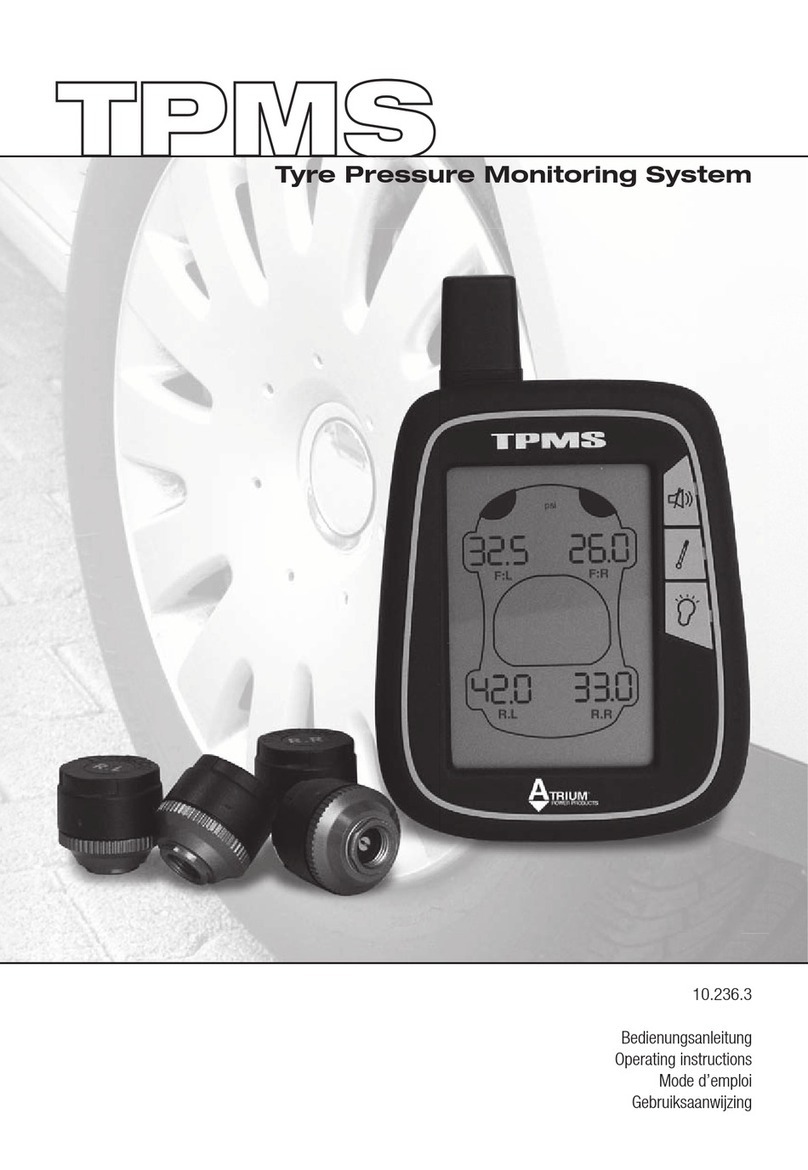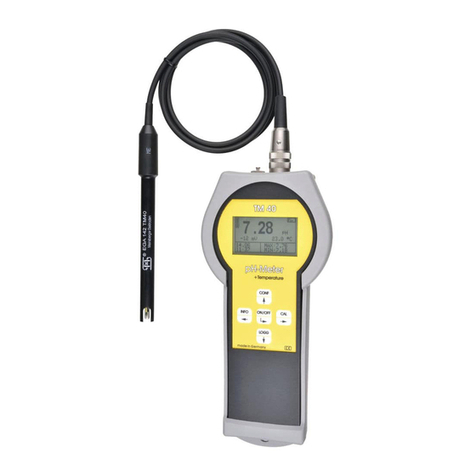WEG WEGscan 100 User manual

Motors |Automation |Energy |Transmission & Distribution |Coatings
WEGscan
WEGscan 100
Mechanical Installation Manual

Mechanical Installation Manual
Series: WEGscan 100
Language: English
Document: 10010882602/00
Models: WEGscan 100
Publishing Date: 04/2023

SUMMARY OF REVIEWS
The information below describes the reviews made to this manual.
Version Review Description
V1.00 R00 First edition

CONTENTS
1 Safety Instructions 1-1
. S .................................. 1-1
. P ...................................1-2
. C .......................................1-3
. D .......................................1-3
2 General Information 2-1
. A A ...........................................2-1
. W ...............................................2-1
3 Tools and materials for installation 3-1
. S ...................................3-1
. S .................................3-2
. S .............................3-3
. S ..................3-3
4 Sensor positioning for installation 4-1
. S – : .... 4-1
. P – : W ....4-3
. S – : 6 ..........4-4
. S ..................4-5
5 Installation procedure 5-1
. P - : ......... 5-1
. P – : .......5-2
. I – : .....................5-2
. P – ...............5-3
.. P – ...............5-4
. S ...............5-4

1 SAFETY INSTRUCTIONS
This manual contains the necessary information for the correct use of the WEGscan 100 (smart monitoring
device for assets). The following instructions are extremely important for the good performance of the
product and must be strictly followed during installation, maintenance and operation. Failure to comply with
the product instructions may cause operating accidents and damage to the environment, to the product and
to the equipment connected to it, in addition to voiding the warranty.
In this manual, the term sensor is used to refer to the WEGscan 100 device.
1.1 SAFETY WARNINGS IN THE MANUAL
The following safety warnings are used in this manual:
DANGER!
Failure to comply with the procedures recommended in this warning may lead to death,
serious injuries and considerable material damages.
ATTENTION!
Failure to comply with the procedures recommended in this warning may cause material
damages.
NOTE!
The text provides important information for the complete understanding and proper
operation of the product.
WEGscan 100 |1-1

Safety Instructions
11.2 PRELIMINARY RECOMMENDATIONS
NOTE!
Follow the installation guidelines described in chapter 4. Read the whole manual before
installing or operating the WEGscan 100 .
DANGER!
Only qualified people familiar with the WEGscan 100 should plan or execute the instal-
lation, operation and maintenance of this device. Such personnel must follow all the
safety instructions contained in this guide and/or defined by local regulations.
For safety reasons, keep a safe distance from the sensor and from the motor during its
operation (no less than 20 cm), allowing only authorized personnel to get close. Failure
to comply with the safety instructions may lead to death and/or damages to the device.
The marking on the sensor and in the quick installation guide must correspond to the
classification of the area where the sensor will be installed.
The user is responsible for the correct classification of the installation area and the
characteristics of the environment. Improper application jeopardizes the product and
installation safety and can result in serious personal and material damage.
ATTENTION!
Special conditions for safe use:
The "X" next to the number of some certificates, informed in the marking of the sensor,
indicates that it requires special conditions for installation, use and/or maintenance of
the equipment, which are described in the certificate.
Failure to comply with these requirements compromises the safety of the product and
installation. For your reference, the item Certifications and Regulations presents the list
of certificates.
DANGER!
Risk of electric shock. Do not touch electrically energized parts or devices. Before
beginning to install the device, disconnect the asset power supply. The temperature
of the asset surface may be high and cause burns and injuries. Before beginning to
install the sensor, wait for the necessary time for the asset to cool down. Use suitable
instruments to measure the temperature of the asset.
DANGER!
The sensor is supplied in a plastic housing that may store electrostatic charge. The
sensor must be maintained so that electrostatic charges are avoided. Therefore, the
sensors must be cleaned carefully, for example, using a damp cloth, in order to avoid
the generation of electrostatic discharges.
1-2 |WEGscan 100

Safety Instructions
1
1.3 CHANGING THE BATTERIES
The sensor is powered by batteries that must be replaced at the end of their charge, as shown below in
Figure 1.1. To that end, follow the steps below:
1. Remove the side screws.
2. Remove top cover.
3. Remove the used batteries and dispose of them in an appropriate place.
4.
Insert the new batteries with the polarity in the correct position (see specification in the technical
specifications table at the end of this document).
5. Make sure the individual battery pushers are correctly positioned inside the housing.
6. Install the top cover (Tightening torque of the side screws = 0.6 Nm).
Figure 1.1:Battery replacement - WEGscan 100
1.4 DISPOSAL AND RECYCLING
WEG is committed to the environment and supplies products that contribute to reducing the environmental
impacts along their life cycle. The user’s participation in the waste sorting and recycling of the battery and
electro-electronic devices is also important to minimize their potential impact on the environment and human
health. The proper disposal of the sensor, observing the applicable laws, is very important for your safety
and also for the environment, in addition to helping save resources.
ATTENTION!
The WEGscan 100 battery is replaceable. At the end of the battery life, it must be
collected as used electrical and electronic equipment. For information on the return or
collection for the proper disposal and recycling of the product, contact WEG or send
the sensor to one of our authorized service centers.
Sensors and batteries must be disposed of separately at an appropriate collection
point and not placed in the conventional waste stream. They cannot be disposed of in
incinerators and city landfills either. Disposal of sensors and batteries must be done in
accordance with local regulations. Battery removal and recycling should only be carried
out by qualified professionals.
WEGscan 100 |1-3

Safety Instructions
1
NOTE!
The symbol shown above indicates that: - The product cannot be disposed of in a city
waste collection point.
- It is waste sorting of electric and electronic devices, and batteries.
- The whole device and its package are made from materials that can be recycled and
at the end of its useful life must be sent to specialized recycling companies.
- The horizontal bar below the garbage bin indicates the device was sold after August
13, 2005.
1-4 |WEGscan 100

2 GENERAL INFORMATION
2.1 ANATEL APPROVAL
This device has no right to protection against harmful interference and cannot cause interference in duly
authorized systems.
13320-22-07908
2.2 WARRANTY
WEG Drives & Controls - Automação Ltda offers a warranty against defects in material and workmanship
for the WEGscan 100 product for 12 months, except for the batteries, which have a warranty of 3 months,
counted from the date of issue of the invoice by the factory or distributor/dealer. The full text of the warranty
is available on www.weg.net.
WEGscan 100 |2-1

3 TOOLS AND MATERIALS FOR INSTALLATION
3.1 SENSOR MOUNTED WITH BUSHING
For the correct installation of the sensor on the asset, the tools and materials indicated in Figure 3.1 are
required.
(a) WEGscan 100 (b) M4x45 mm screw (c) Drill bit 5,9 mm or 15/64"
(d) Drilling machine (e) Hammer (f) Allen wrench 3 mm
(g) Bushing
Figure 3.1:Tools and materials needed to install the sensor on the motor
WEGscan 100 |3-1

Tools and materials for installation
3
3.2 SENSOR MOUNTED WITHOUT BUSHING
For the correct installation of the sensor on the asset, the tools and materials indicated in Figure 3.2 are
required.
(a) WEGscan 100 (b) M4x45 mm screw (c) Drill bit 3,3 mm
(d) Drilling machine (e) Hammer (f) Thread tap M4x0.7
(g) Tap handle (h) Allen wrench 3 mm
Figure 3.2:Tools and materials needed to install the sensor on the motor without the bushing
3-2 |WEGscan 100

Tools and materials for installation
3
3.3 SENSOR DIRECTLY MOUNTED WITH ADHESIVE
For the correct installation of the sensor on the asset, directly with adhesive, the tools and materials shown
in Figure 3.3 are required.
(a) WEGscan 100 (b) Fine sandpaper for steel (c) Two-component epoxy adhesive
Figure 3.3:Materials required to install the sensor directly with adhesive
3.4 SENSOR MOUNTED WITH ADHESIVE AND INTERMEDIATE SUPPORT
For the correct installation of the sensor on the asset, with adhesive and intermediate support, the tools and
materials shown in Figure 3.4 are required.
(a) WEGscan 100 (b) M4x40 mm screw (c) Intermediate base
(d) Allen wrench 3 mm (e) Fine sandpaper for steel (f) Two-component epoxy adhesive
Figure 3.4:Tools and materials needed to install the sensor with adhesive and intermediate base
WEGscan 100 |3-3

4 SENSOR POSITIONING FOR INSTALLATION
This section describes the WEGscan 100 mechanical installation on electric motors with emphasis on the
central position of the motor. For installation on other assets and in other positions on the motor, see Chapter
4.4 and 5.
4.1
SENSOR POSITIONING – APPLICATION: WEG ELECTRIC MOTOR OF THE W22 AND
W50 LINES
According to the representation in the Figures 4.1 and 4.2, the sensor must be installed approximately in the
center of the motor and at a distance Mfrom the top of the fin. Distance Mvaries according to the motor
frame and line and is indicated in Table 4.1.
16 mm
19 mm
Figure 4.1:Sensor fixed on W22 motor
Figure 4.2:Sensor fixed on W50 motor
WEGscan 100 |4-1

Sensor positioning for installation
4
Table 4.1:Dimension Mand recommended installation positions for WEGscan
Frames 63 to 132
– W22
CONTACT WEG
Frames
160 to
200 – W22
Frame
M
(mm)
M
[pol.]
160
8
0.315
180
6
0.2362
200
10
0.3937
Frame 225 – W22
225
-
-
Frames
250
to
355 – W22
250
10
0.3937
280
10
0.3937
315
10
0.3937
355
10
0.3937
Frames
315 to
450 – W50
315
10
0.3937
355
10
0.3937
400
10
0.3937
450
10
0.3937
4-2 |WEGscan 100

Sensor positioning for installation
4
4.2
POSICIONAMENTO DO SENSOR – APLICAÇÃO: ATIVO MOTOR ELÉTRICO WEG DA
LINHA W40
The sensor can be installed on motors of the W40 line following the positions shown in Figure 4.3 (for frames
IEC 160 to 280S/M, if the terminal box is on top, place the sensor on the side base as shown in Figure 4.3a; if
the terminal box is on the side, place the sensor on top as shown in Figure 4.3b). In the case of the top box,
if there is any component on one of the side bases, it must be fixed on the opposite base.
L
L
(a) Top box
60 mm
(b) Side box
Figure 4.3:WEGscan fastening location for motors of the W40 line, frames IEC160 to 280S/M
125 mm
(a) Frame 280L
D
(b) Frames 315 and above
Figure 4.4:WEGscan fastening location for motors of the W40 line, frames 280L and above
For frames 315 and above, check the values of the distance between the hole and the center in Table 4.2.
Table 4.2:Distances between the hole and the center of the motor
Frame Distance (mm)
315 (5010/11) 250
355 (L5010/11) 290
400 (L5809/10 e L5810/11) 320
450 (L6808/09) 340
WEGscan 100 |4-3

Sensor positioning for installation
4
4.3
SENSOR POSITIONING – APPLICATION: WEG ELECTRIC MOTOR OF THE W60 LINE
Due to the design of W60 motors, it is recommended to mount the WEGscan on the side base (Figure 4.5).
The WEGscan must be positioned at the shaft center height, centered in the motor length. If the terminal box
occupies the indicated region, place the WEGscan on the opposite side to the connection box. The sensor
can be positioned with an offset of up to 40 mm in the axial direction, and up to 20 mm in the transverse to
the axial direction in relation to the recommended position.
Figure 4.5:Detail of the position for mounting the WEGscan system device on W60 motors
4-4 |WEGscan 100

Sensor positioning for installation
4
4.4 SENSOR POSITIONING FOR INSTALLATION ON ROLLING BEARINGS
The WEGscan must be installed in a position close to the rolling bearings. A recommendation, if possible, is
to follow what is described in ISO 20816 (Mechanical vibration - Measurement and evaluation of machine
vibration). However, the WEGscan can be installed in a more convenient position. In this case, the sensors
can be fixed using adhesive, either applying it directly to the WEGscan or using an intermediate base.
(a) Electric motor (b) Pedestal bearing (c) Housing-type bearing
Figure 4.6:Examples of positions recommended by ISO 20816 standard for collecting vibration data from
bearings
Figure 4.7 also shows examples of sensor mounting on bearings, using the fixation with the aid of an
intermediate base.
(a) Motor W22 315 S/M (b) Motor W51 355 H/G
Figure 4.7:Examples of WEGscan mounting on bearings of different motors
WEGscan 100 |4-5

5 INSTALLATION PROCEDURE
5.1
PROCEDURE FOR INSTALLATION WITH BUSHING - APPLICATION: ELECTRIC MO-
TOR
For the correct mounting of the sensor on the motor, in the center position, the following sequence of steps
must be performed:
1.
With the motor turned off and observing all the safety instructions indicated in this manual, locate the
motor position where the sensor must be fixed. According to the positioning guidelines indicated in
chapter 2 on page 4-2 and make the mark to make the hole.
2.
For motors with fins, drill a through hole in the fin. In motors without fins, make a 9 mm deep hole. To
that end, use a 5.9 mm (15/64") diameter drill bit.
3.
Using a hammer, insert the knurled bushing into the hole until the ring touches the motor fin, as shown
in Figure 5.1. (Note: if the bushing is inserted without the aid of a hammer, it means that the hole has
a slightly larger diameter and, in this case, the sensor’s fastening to the motor will be compromised.
Therefore, it is necessary to drill a new hole for the correct fastening of the bushing).
Figure 5.1:Detail of the insertion of the knurled bushing
4.
Using a 3 mm Allen wrench, screw the sensor into the knurled bushing and check its tightness. The
maximum tightening torque is 4.0 Nm. As per Figure 5.2 on page 5-1.
Figure 5.2:Detail of screwing the sensor into the knurled bushing
WEGscan 100 |5-1

Installation procedure
5
5.2
PROCEDURE FOR INSTALLATION WITHOUT BUSHING – APPLICATION: ELECTRIC
MOTOR
For the correct mounting of the sensor on the motor in the center position without using the knurled bushing,
the following sequence of steps must be performed:
1.
With the motor turned off and observing all the safety instructions indicated in this manual, locate the
motor position where the sensor must be fixed. According to the positioning guidelines indicated in
chapter 2 on page 4-2 and make the mark to make the hole.
2.
For motors with fins, drill a through hole in the fin. In motors without fins, make a 13 mm deep hole. To
that end, use a 3.3 mm diameter drill bit.
3. Using an M4 tap, make the thread in the hole drilled in step 2.
4.
Using a 3 mm Allen wrench, screw the sensor into the knurled bushing and check its tightness. The
maximum tightening torque is 4.0 Nm. As per Figure 5.2 on the page 5-1.
5.3 INSTALLATION PROCEDURE – APPLICATION: OTHER ASSETS
For the correct fixation of the sensor with a screw in other positions/assets where you want to monitor
vibration and temperature, you must perform the following sequence of steps:
1.
With the equipment turned off and observing all the safety instructions indicated in this manual, define
a position for fixing the sensor. This position depends on what you want to measure. For example, if
the variable of interest is vibration, you should avoid mounting it close to the asset fixation point; if the
variable of interest is temperature, you should install the sensor in a location with high temperature.
Mark the point to drill the hole.
2. By inserting a knurled bushing:
(a) Drill a 5.9 mm (15/64") hole at least 9 mm deep.
(b)
Using a hammer, insert the knurled bushing into the hole until the ring touches the surface of the
asset. (Note: if the bushing is inserted without the aid of a hammer, it means that the hole has a
slightly larger diameter and, in this case, the sensor’s fastening to the motor will be compromised.
Therefore, it is necessary to drill a new hole for the correct fastening of the bushing).
3. By creating a thread:
(a) Drill a 3.3 mm hole at least 13 mm deep.
(b) Using an M4 tap, make the thread in the hole drilled in the previous step.
4.
Using a 3 mm Allen wrench, screw the sensor into the knurled bushing and check its tightness. The
maximum tightening torque is 4.0 Nm. As per Figure 5.2 on the page 5-1.
5-2 |WEGscan 100
Table of contents
Other WEG Measuring Instrument manuals

